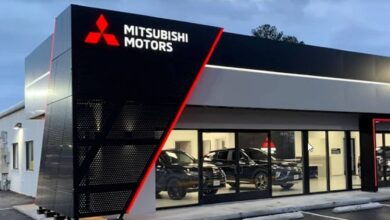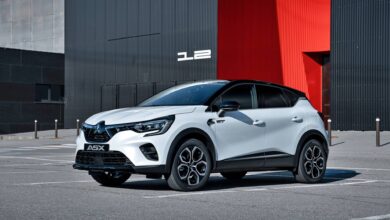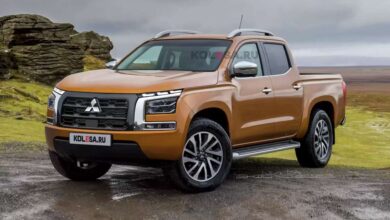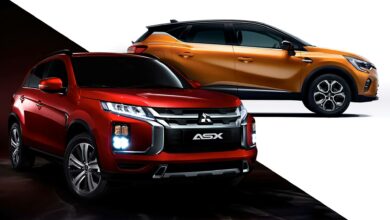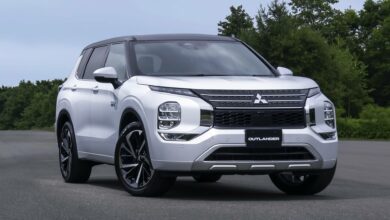
One of the main players in the return of electric cars to the roads is Mitsubishi, which, starting with its small utility vehicle, the Mitsubishi I, collaborated with PSA to sell it massively. From there came the Mitsubishi I MiEV, Citroën C-Zero, and Peugeot i0n, back in 2010. With all the time that has passed, Mitsubishi is still at the same point: electric cars yes, but small.
And the reason behind it is that right now they don’t think they have to make medium or large cars, because they need a lot of batteries. And that is one of the main problems because they make cars less affordable, there are uncertainties in the supply of raw materials and batteries for a while, and technological improvements to reduce the prices and weight of batteries are currently in the background.
Hence, its commitment in the short and medium term goes for hybrids with lower capacity batteries, but without autonomy problems. That position was prevalent in the industry a few years ago, but manufacturers are seeing success with that “wrong” approach, putting huge, heavy batteries into medium and large cars. And they are the ones that are selling the most electric cars… but to those who can pay their prices.
This is how Takashi Shirakawa, general director of electric car engineering, explains it in an interview with GoAuto, an Australian media outlet: «We need to transition from the plug-in hybrid car to the pure electric car, but two disruptions are needed [in the technological plane]. […] The first is to have a stable battery supply, and the second is to have a higher energy density, like with solid-state batteries».
Once both things were achieved, Mitsubishi would leap 100% from electric engines, without the support of combustion engines. Shirakawa-san is concerned about the supply of cobalt – needed for NMC batteries – lithium and nickel. One thing is clear, the demand is above the supply, although the latter continues to grow.

On the other hand, there is the carbon footprint: electric cars represent a greater benefit to the environment when they have been built and are recharged with renewable energies, and as a counterexample, we have a car manufactured in China that is recharged in a country with an energy mix like that of Australia: with 8% of electricity consumption with renewables between 2020-2021, and 486 g/CO 2 per kWh. The net emission reduction in this case would take longer to appear, by tens of thousands of kilometers more.
With these data, currently, it makes sense that a plug-in hybrid would be less damaging, because even in the worst case due to the relatively flat land of kangaroos (9-10 l/100 km on the flat, about 200 g/km), no they emit that not even per kilometer traveled when they go “only on gasoline” (the hybrid system continues to work, but contributes much less for the electrical part). In the future, when the Australians clean up their mix, and we know they’re working on it, the film would change quite a bit.
In addition, in small electric cars, it is difficult to accommodate enough batteries to achieve long ranges, except on specific platforms, which Mitsubishi does not have, and currently, Nissan (parent company) does not either. Thus, the Mitsubishi Ek X EV, its only pure electric, has the same battery capacity as an Outlander PHEV, 20 kWh, enough for 180 km with the Kei car type utility; a very good car for Japan and Asian countries, but very difficult to bring to Europe.
The way out of the mess would be given by solid-state batteries (SSB): «Current technologies require more electricity because the production of dry plate requires more control of temperature and humidity. Therefore, the part of CO 2 emissions associated with batteries seems set to increase. However, one benefit of SSBs is that they are more durable while maintaining their performance, so we can extend the life of the batteries, their lifespan,” Shirakawa-san explained.
The engineer doubts what is the most important factor, whether the batteries are produced with fewer associated emissions, or that they have a longer useful life and allow the durability of the entire car to be stretched further. The clientele, see what has been seen, is much more concerned about the latter.

